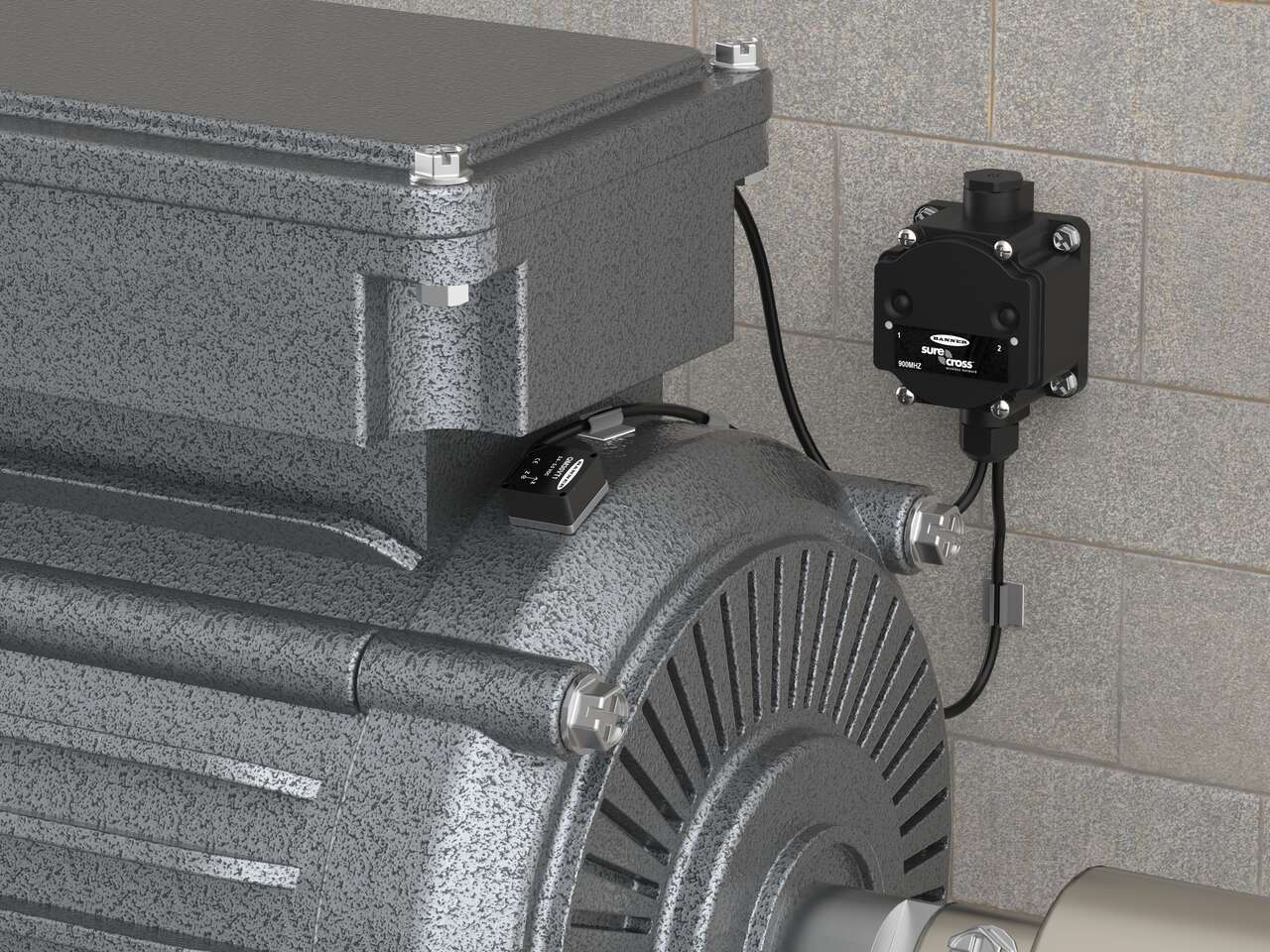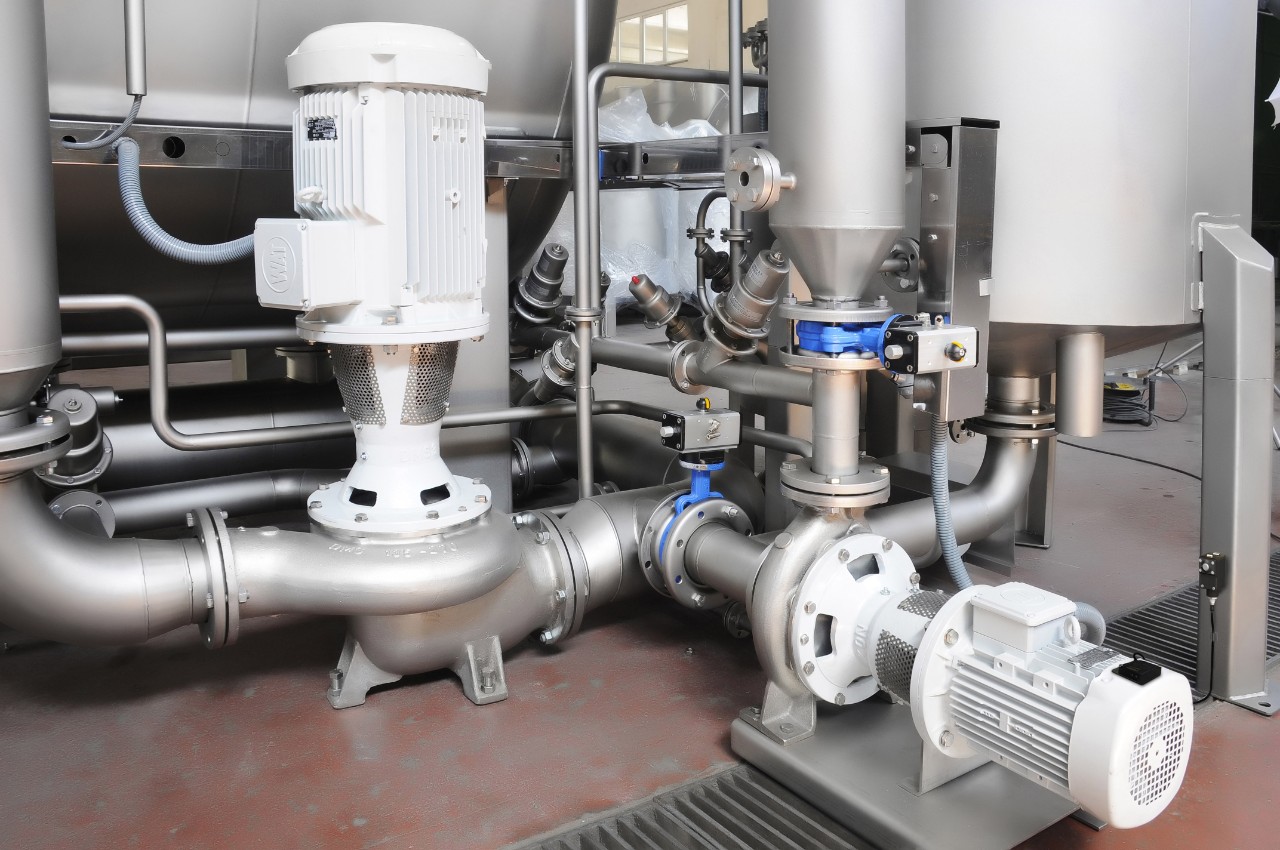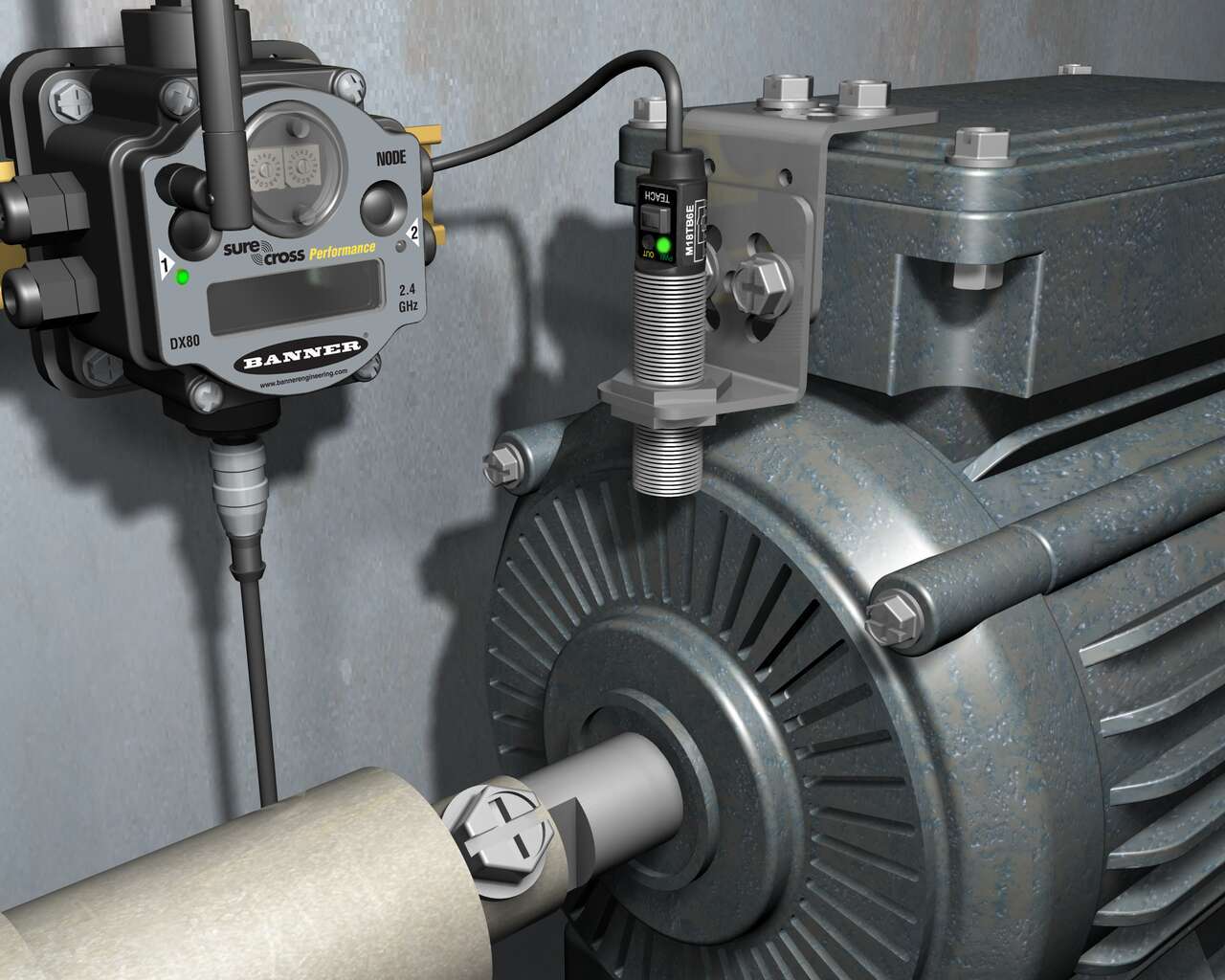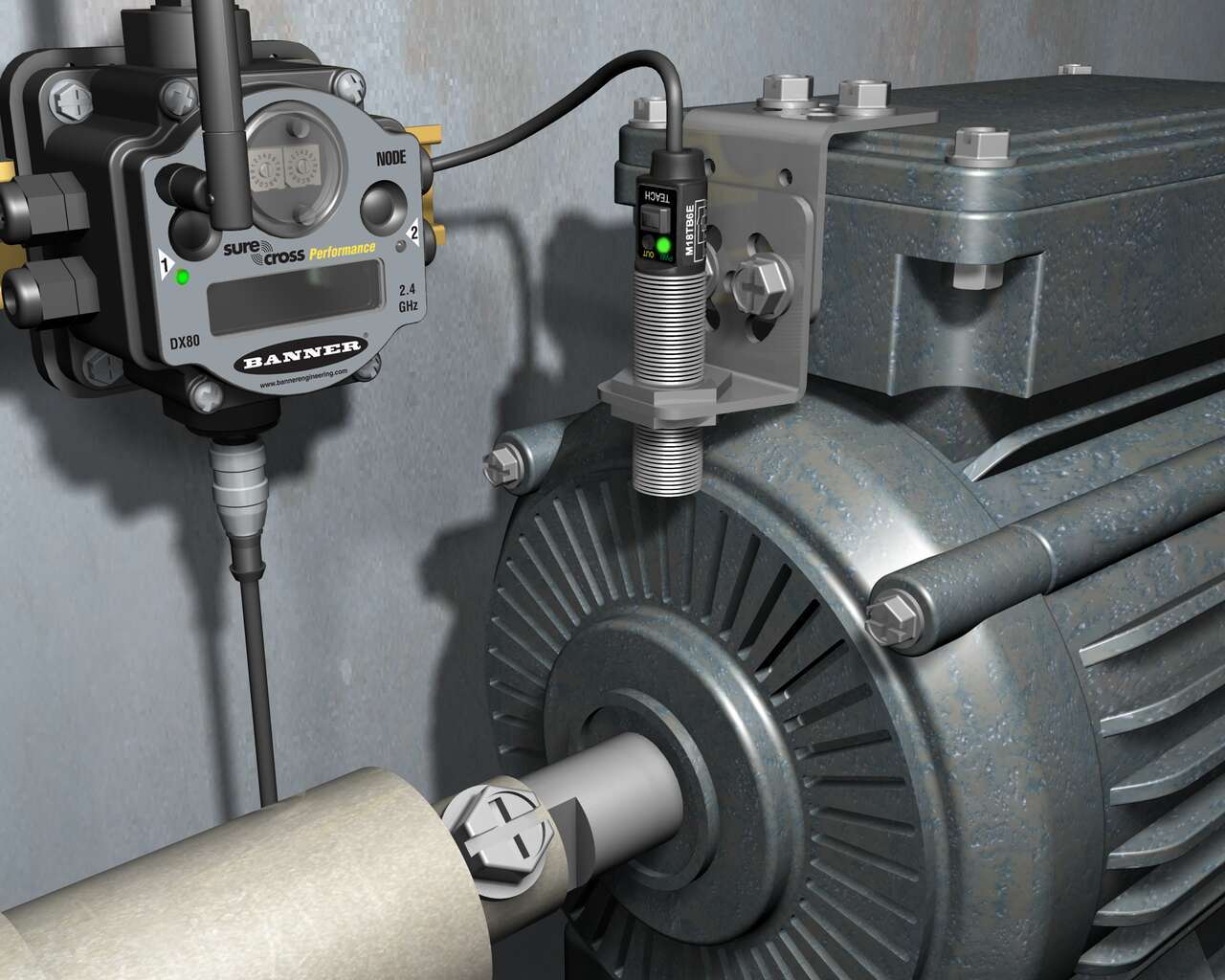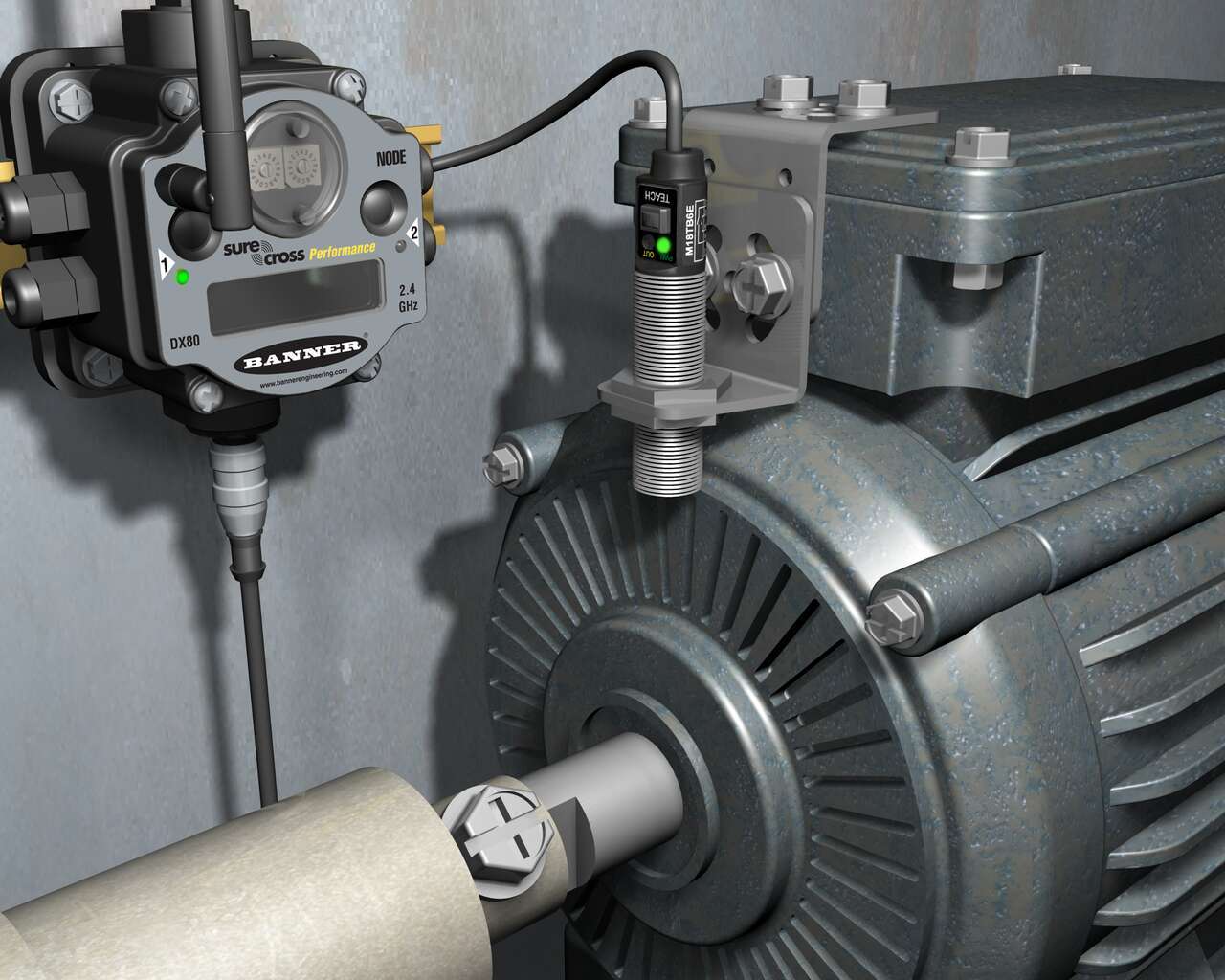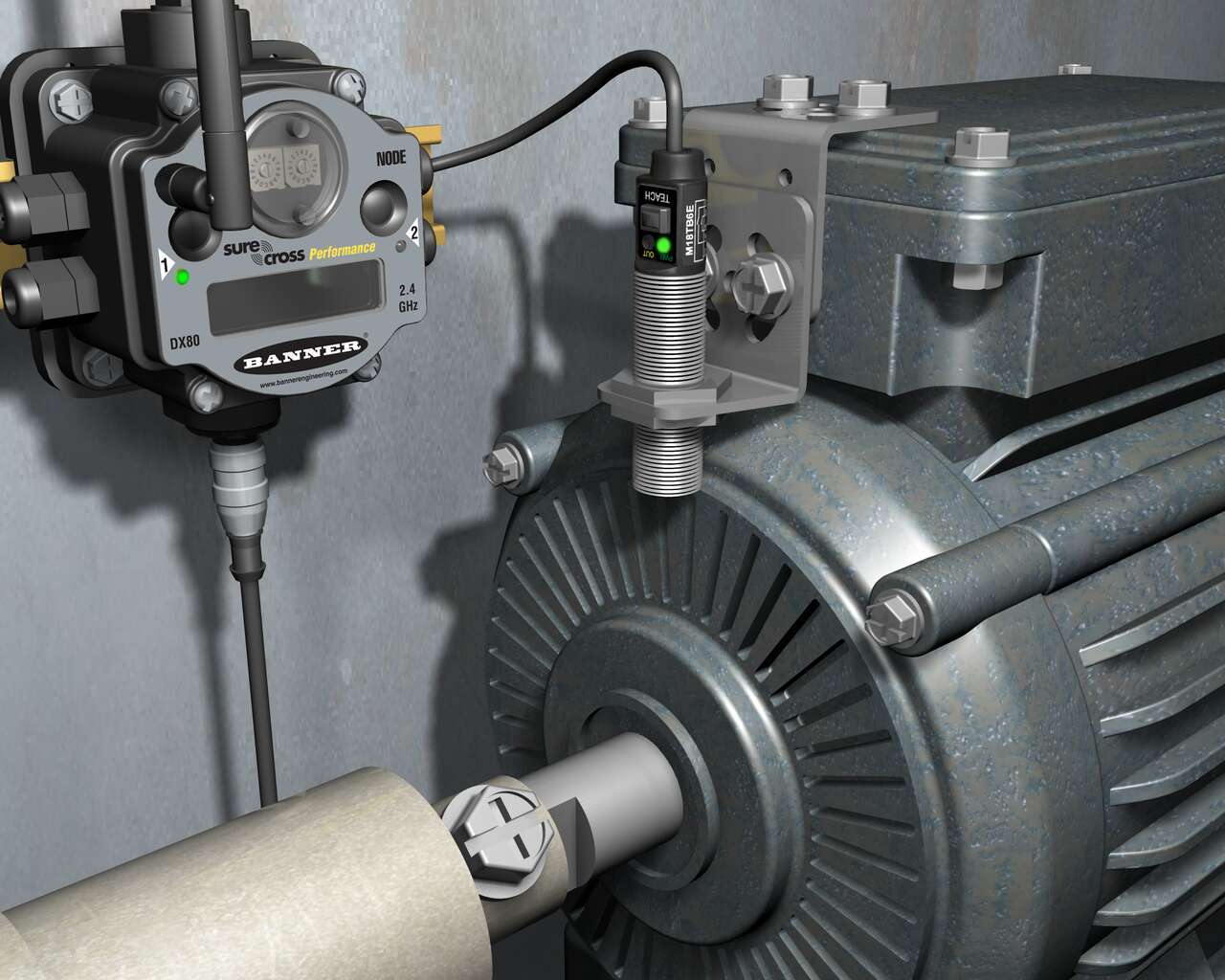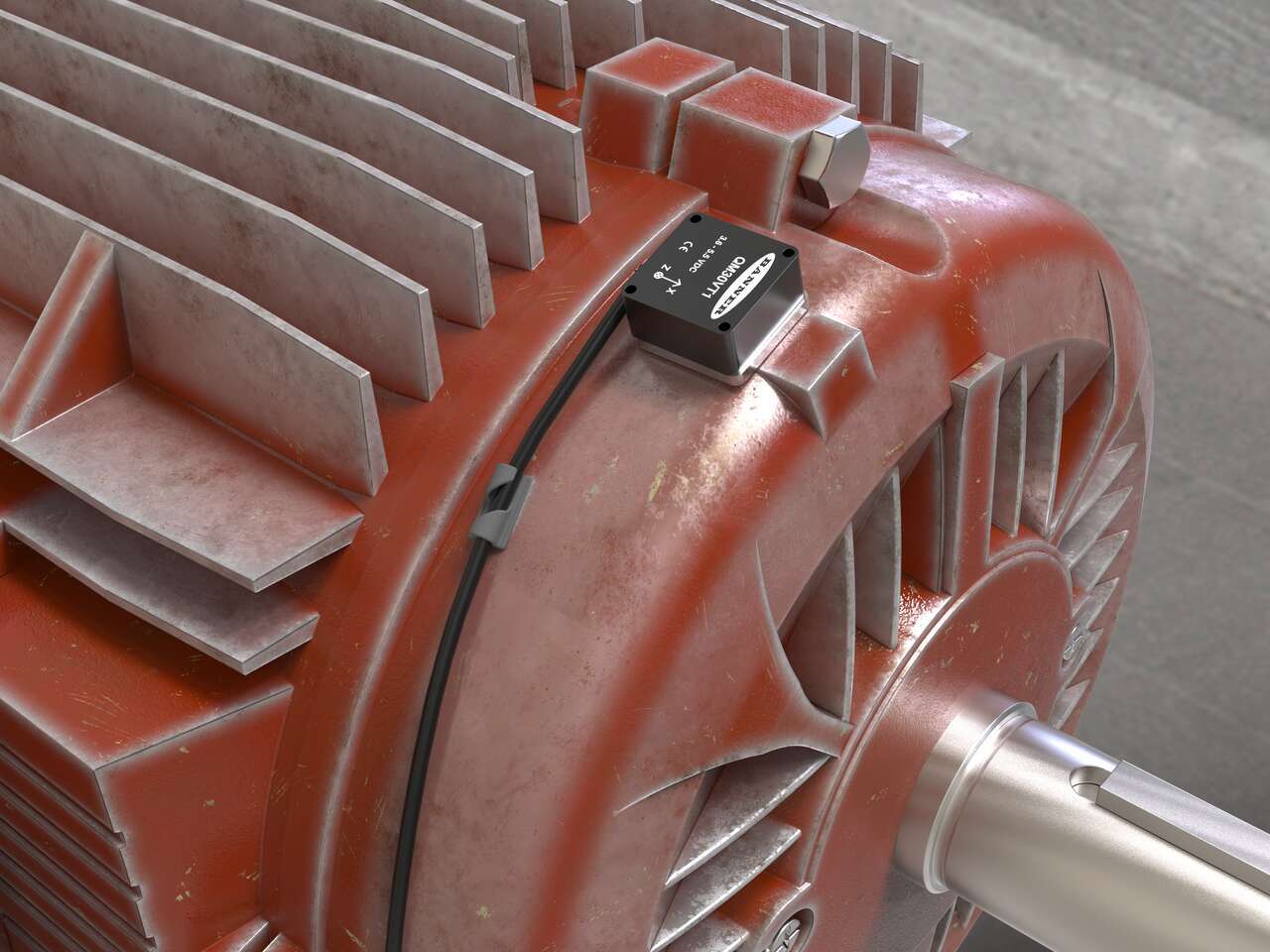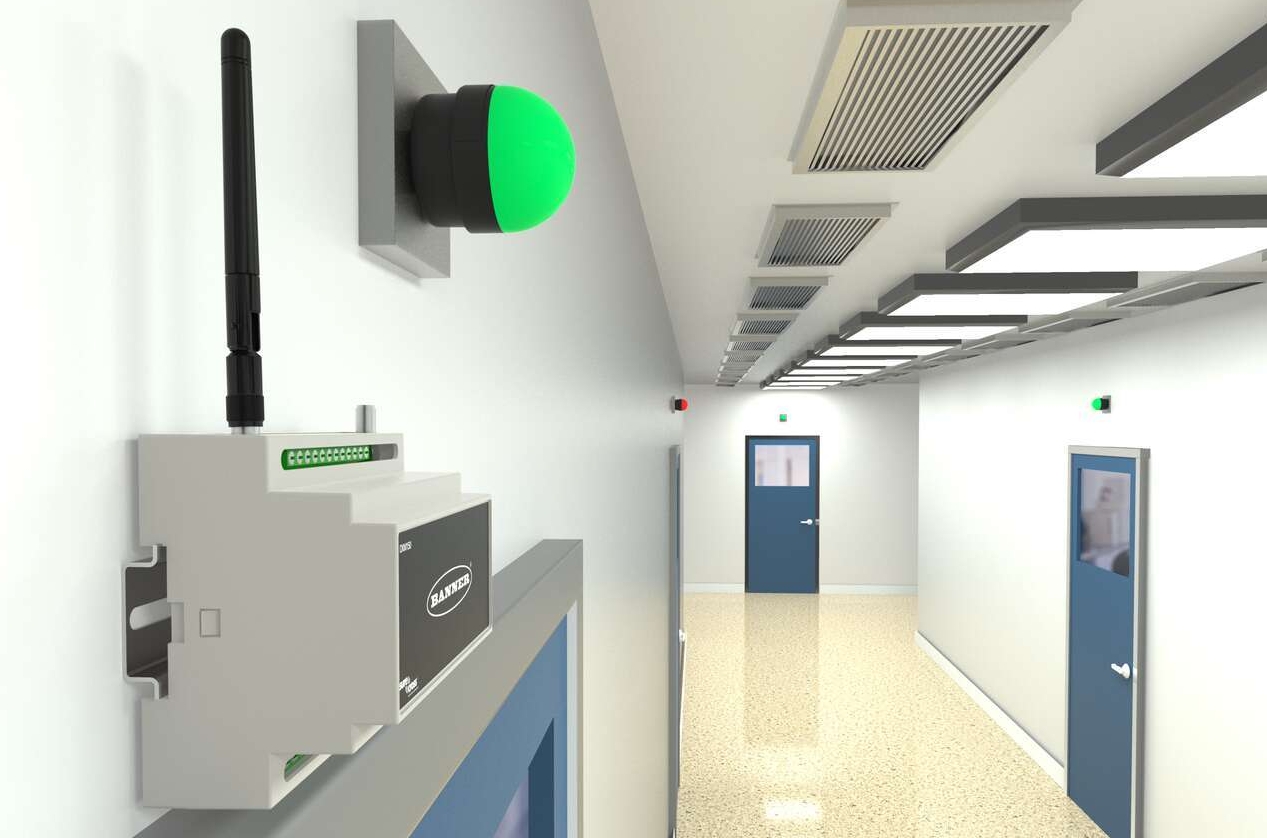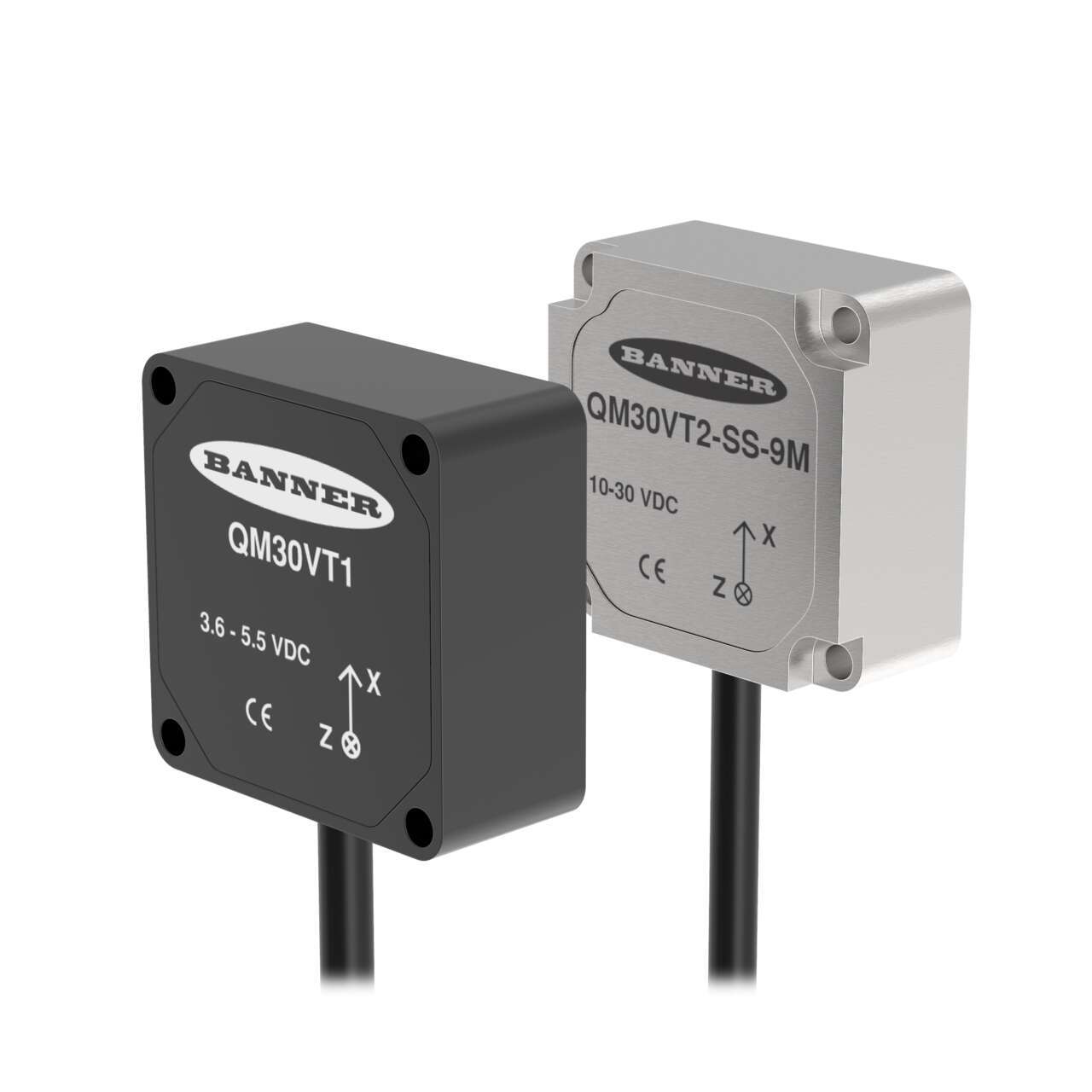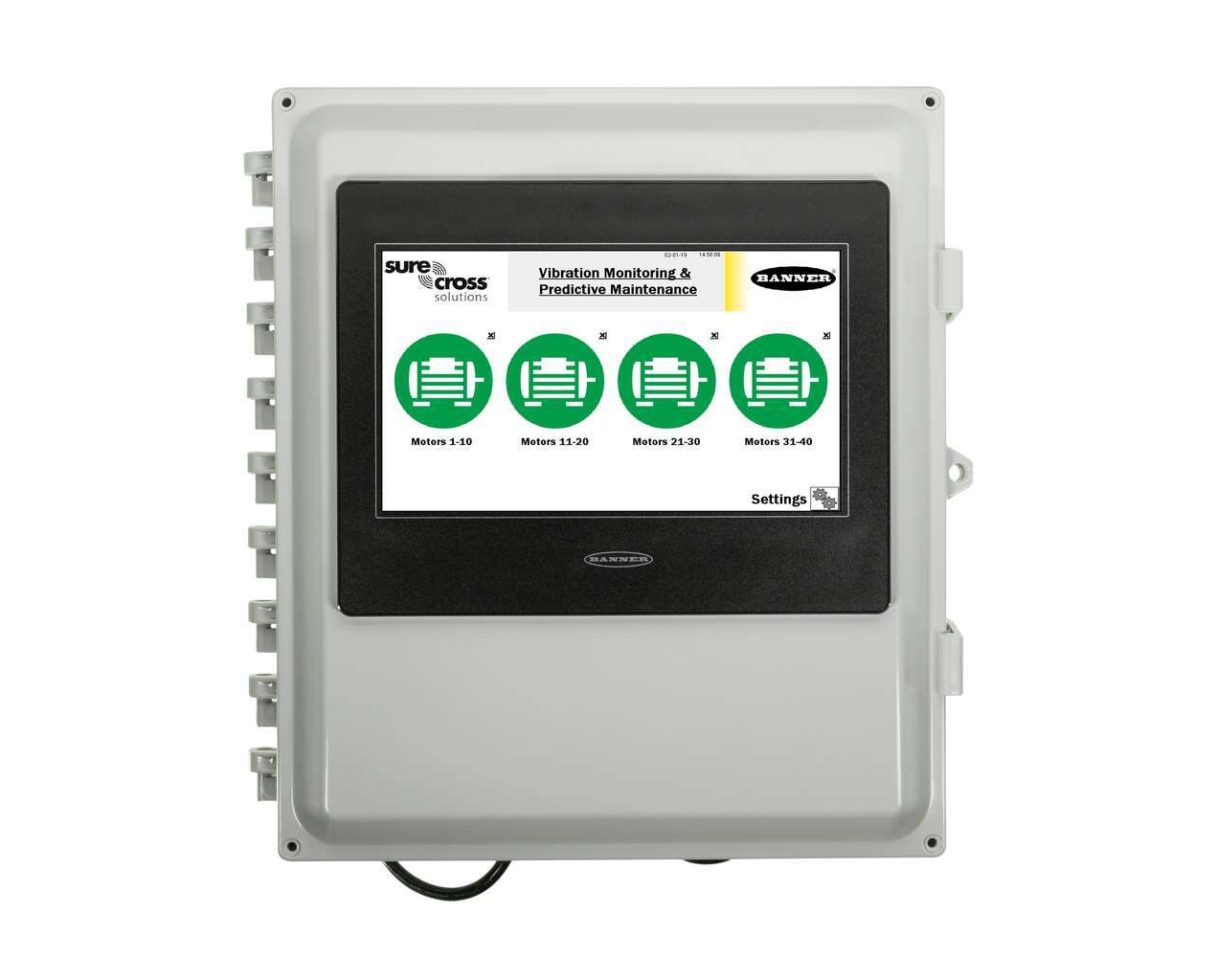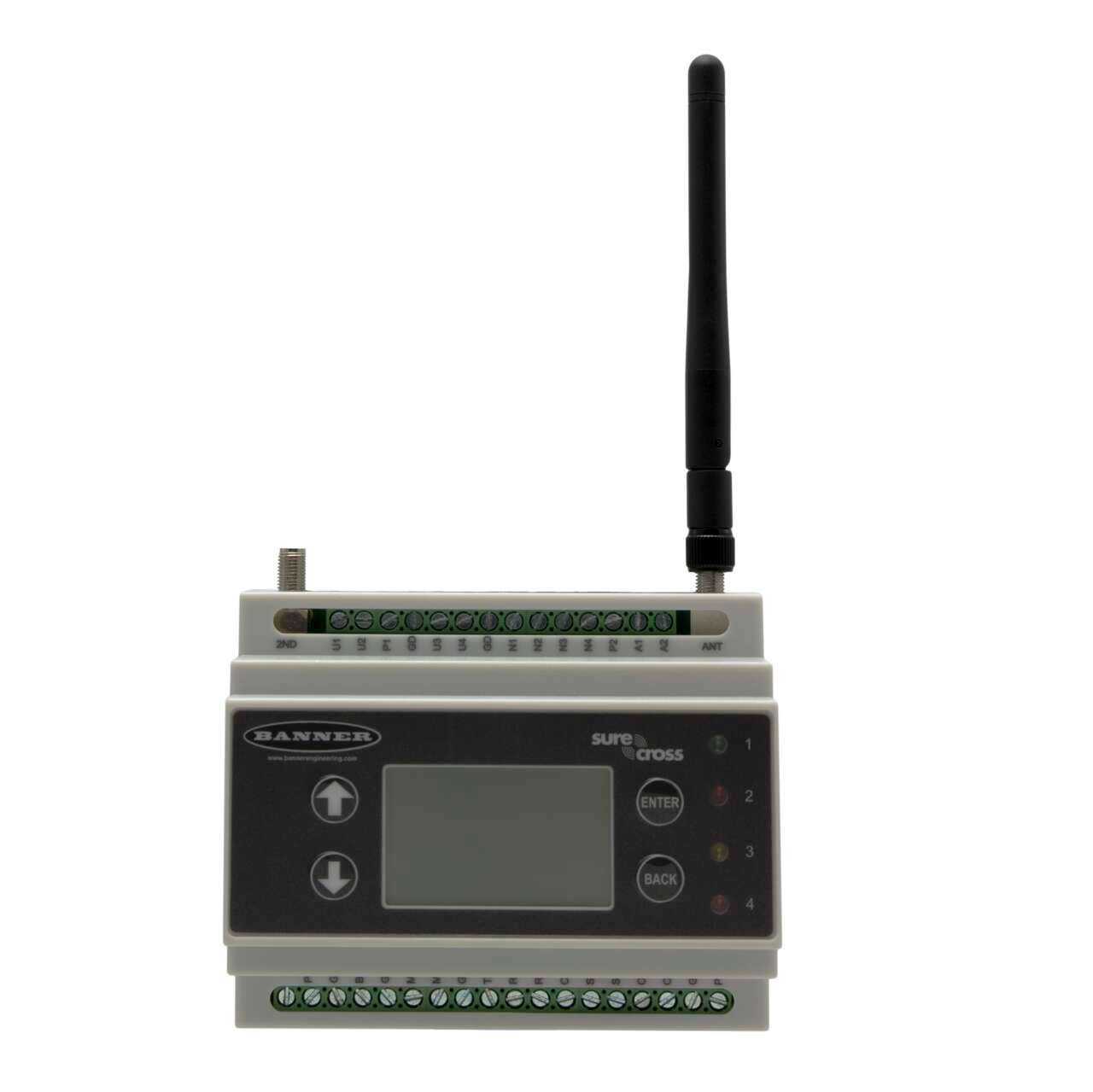Predictive Maintenance and Condition Monitoring
Maintenance Based on Data from the Machine Itself
Predictive maintenance is becoming essential to the smart factory. Predictive maintenance enables users to more accurately anticipate when machine maintenance will be needed based on real-time data from the machines themselves.
The ability to accurately track machine performance and anticipate failures before they occur is helping manufacturers improve productivity and reduce wasted time and costs.
What It Is and Why It Matters
Predictive maintenance is the process of tracking the performance of crucial machine components, such as motors, to minimize downtime needed for repairs. Predictive maintenance enables users to more accurately anticipate when machine maintenance will be needed based on real-time data from the machines themselves.
Traditionally, plant managers relied on preventative maintenance schedules provided by a machine’s manufacturer, including regularly replacing machine components on a suggested timeline. However, these timelines are only estimates of when the machine will require service, and the actual use of the machine can greatly affect the reliability of these estimates.
For example, if bearings wear prematurely or a motor overheats, a machine may require service sooner than anticipated. Furthermore, if a problem goes undetected for too long, the issue could escalate to further damage the machine and lead to costly unplanned downtime. Predictive maintenance helps avoid these problems, saving time and costs.
Vibration & Temperature Indicate Machine Health
Condition monitoring plays a key role in predictive maintenance by allowing users to identify critical changes in machine performance. One important condition to monitor is vibration. Machine vibration is often caused by imbalanced, misaligned, loose, or worn parts.
As vibration increases, so can damage to the machine. By monitoring motors, pumps, compressors, fans, blowers, and gearboxes for increases in vibration, problems can be detected before they become severe and result in unplanned downtime.
Vibration sensors typically measure RMS velocity, which provides the most uniform measurement of vibration over a wide range of machine frequencies and is indicative of overall machine health. Another key data point is temperature change (i.e. overheating).
Automatically Set Baseline & Alert Thresholds
Machine learning takes condition monitoring data and automatically defines a machine's baseline conditions and sets thresholds for acute and chronic conditions so that you know in advance--and with confidence--when your machine will require maintenance.
After mounting the vibration sensor onto your machine, most sensors require you to collect enough data to establish a baseline for the machine. Machine learning removes the chances of human error by automating the data analysis.
A condition monitoring solution with machine learning will recognize the machine’s unique baseline of vibration and temperature levels and automatically set warning and alert thresholds at the appropriate points. This makes the condition monitoring system more reliable and less dependent on error-prone manual calculations.
Real Time Alerts, Long Term Optimization
When a vibration or temperature threhold has been exceeded, a smart condition monitoring system provides both local indication, such as sending a signal to a tower light in a central location, and remote alerts like emails or text messages. This ensures that warnings are addressed quickly.
In addition, a condition monitoring solution that allows you to log the collected data over time enables even more optimization. With a wireless system, vibration and temperature data can be sent to a wireless controller or programmable logic controller (PLC) for in-depth, long-term analysis.
Vibration and Temperature Sensor
Les capteurs QM30VT se caractérisent par un format plat et un boîtier en métal rigide qui contribuent à réduire le phénomène de résonance et accroître la surface de contact, pour leur conférer une précision hors pair dans la mesure de la température et de la vitesse RMS. Ils sont en mesure de détecter des augmentations minimes des vibrations et de la température de la machine afin d'identifier les problèmes potentiels à un stade précoce.
- Communication des données de performance à une passerelle ou un contrôleur sans fil de la série DXM via une radio Modbus multi-sauts ou un nœud série à un fil
- Détection des problèmes potentiels sur les moteurs, les ventilateurs, les pompes et n'importe quelle machine à mouvement rotatif ou vibratoire
- Conception ultracompacte pour une installation dans les espaces réduits
- Modèles avec boîtier en acier inoxydable 316L ou en aluminium robuste
- Totalement compatible avec le logiciel Connected Data Solutions et le Kit de solutions sans fil pour la détection des vibrations et température
For Vibration Monitoring
Les kits Solutions sans fil sont des solutions conviviales et complètement intégrées, destinées à la surveillance des ressources et à la résolution d'applications spécifiques. Ils sont conçus pour simplifier la tâche des utilisateurs de tout niveau lorsqu'il s'agit de configurer un réseau sans fil, de collecter les données à distance et de créer des outils de visualisation, des avertissements et des alarmes.
- Aucune programmation n'est nécessaire. Branchez le kit, connectez les nœuds via l'écran IHM, installez les capteurs et les nœuds, et commencez à collecter des données.
- Il inclut un contrôleur sans fil DXM700 préprogrammé, une interface homme-machine (IHM) tactile préprogrammée de 25,5 cm et un commutateur Ethernet industriel à 5 ports.
- L'interface IHM propose des affichages graphiques des données collectées, des bases de référence, des seuils, des avertissements et des alarmes.
Wireless Controller for IIoT Applications
Les contrôleurs sans fil industriels de la série DXM ont été conçus pour faciliter la connectivité Ethernet et les applications de l'Internet des objets industriel (IIoT).
- Radios ISM disponibles en 900 MHz et 2,4 GHz pour les réseaux sans fil locaux
- Conversion de Modbus RTU en Modbus TCP/IP ou Ethernet I/P
- Possibilité de programmer le contrôleur logique avec des règles d'action et des méthodes en langage textuel
- Carte Micro SD pour la journalisation des données
- Alertes par e-mail et SMS
- Modem pour la connectivité cellulaire
